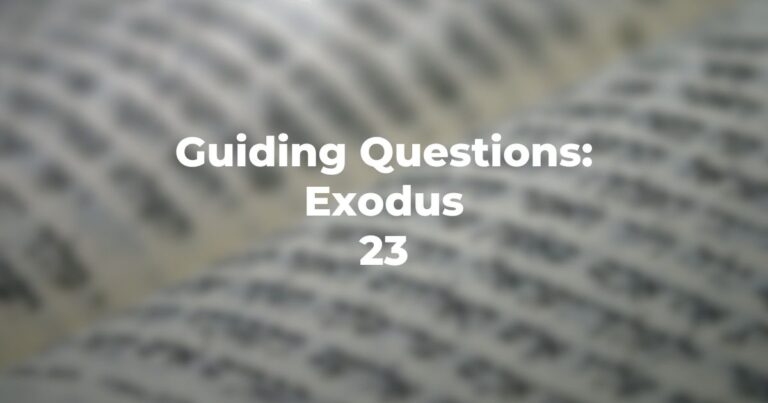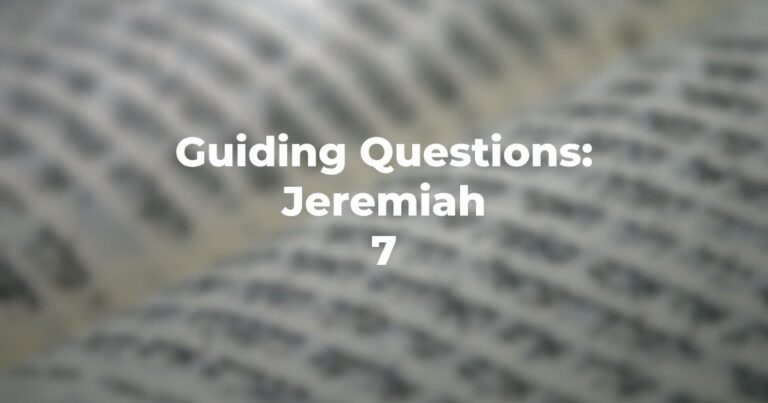- What do the two women who are sisters actually represent?
- What action is ascribed to these “two sisters” in Egypt and what is the real intent of that description?
- The words “ahalah” and “ahalivah” both have the common root of “a tent”; does this have any particular significance?
- How is Samaria (Shomron — the Northern Kingdom) described in Ezekiel 23:5-8?
- What was the final outcome with Shomron (Ezekiel 23:10)? Does this conform with actual Jewish history?
- In Ezekiel 23:11, is Jerusalem described as less to be condemned than Shomron or more so?
- What, specifically (Ezekiel 23:14), elicits the condemnation of the prophet?
- What political reference is reflected in the prostitutional simile of Ezekiel 23:16-17?
- Who is described as having the flesh of donkeys and a seminal dream comparable to stallions?
- What, then (Ezekiel 23:22), is to become of Ahalivah (Jerusalem)?
- According to Ezekiel 23:25, will Divinity seek to ameliorate the attacks upon Jerusalem from the Chaldeans?
- In Ezekiel 23:31 reference is made to “I have given your sister’s cup into your hand.” What type of “cup” is in mind?
- Basically, according to Ezekiel 23:35, why is this being done to Jerusalem?
- In a closing refrain (Ezekiel 23:36-39), what specific additional transgressions does the text set forth for Jerusalem?
- Specifically, according to Ezekiel 23:45 what was the transgression against the just?
- A reference in Ezekiel 23:47 is to “stoning” in Biblical terms, how would this punishment refer to the transgression specifically set forth?
- Once again, as with other chapters, does the conclusion offer any relief from the predicted devastation?
Author
-

Exploring Judaism is the digital home for Conservative/Masorti Judaism, embracing the beauty and complexity of Judaism, and our personal search for meaning, learning, and connecting. Our goal is to create content based on three core framing: Meaning-Making (Why?), Practical Living (How?), and Explainers (What?).
View all posts




